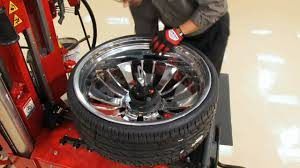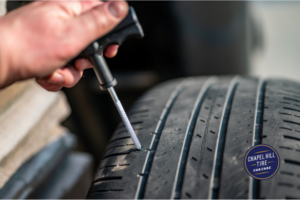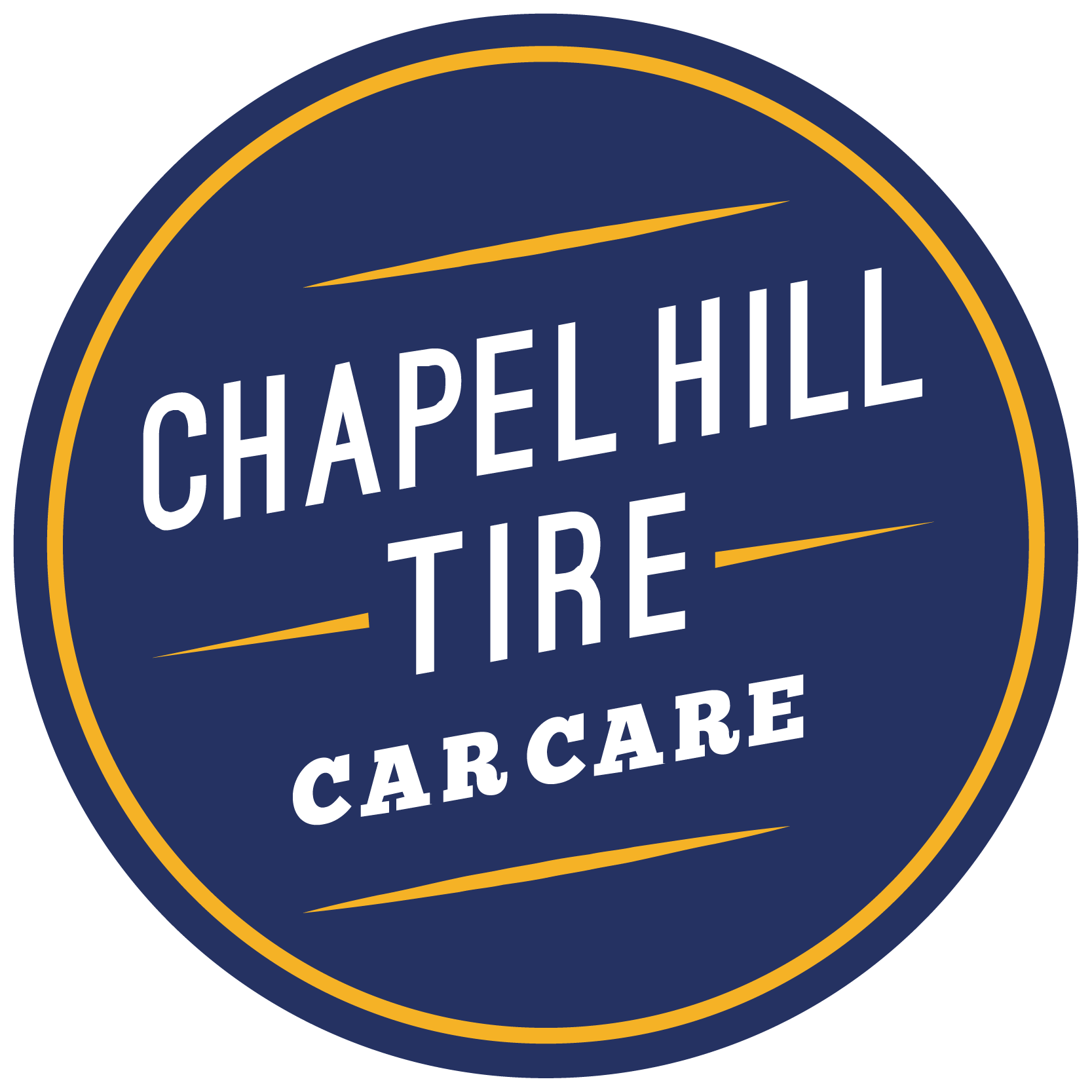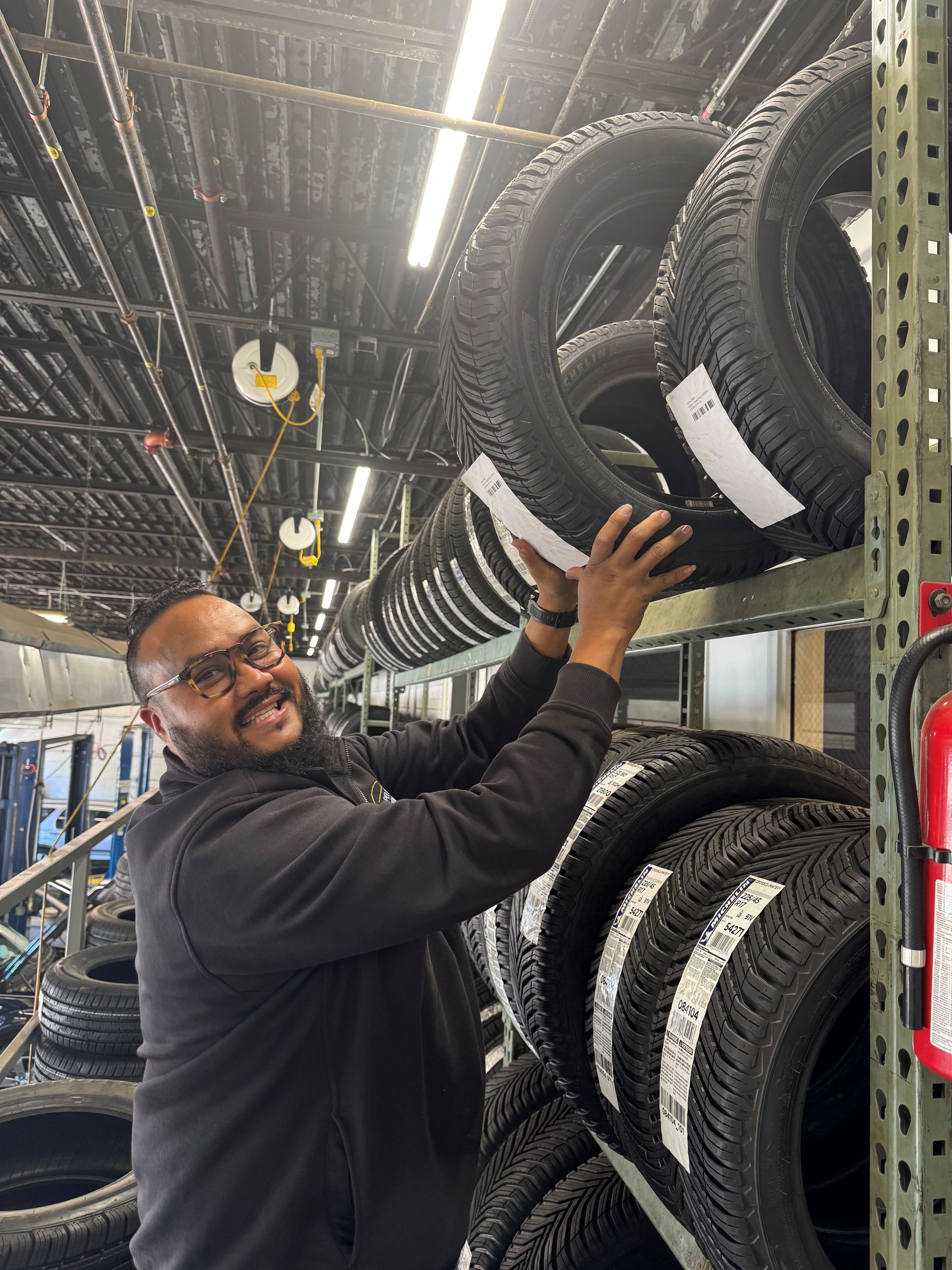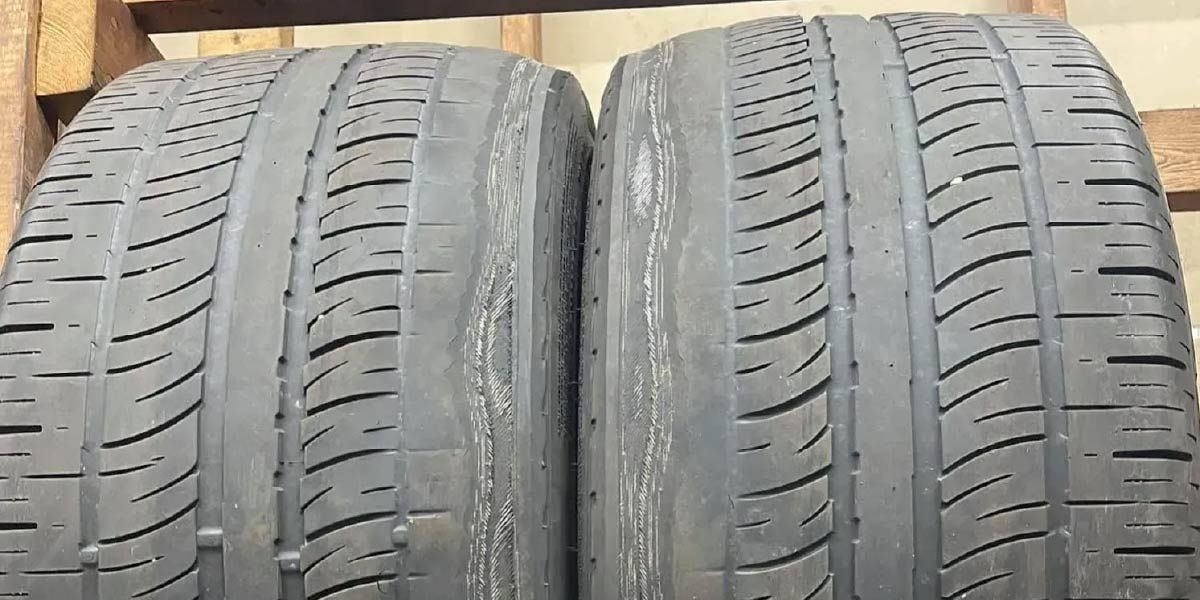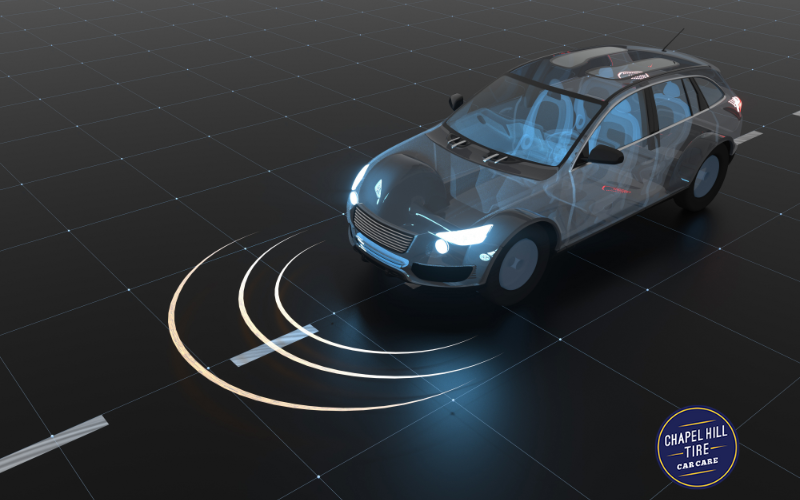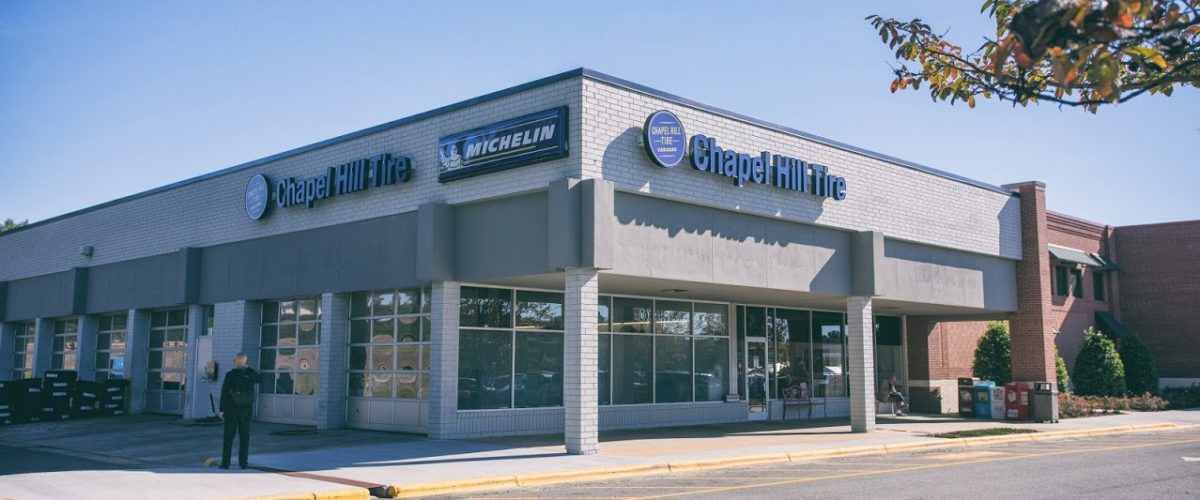10 Emergency Must-Haves for Your Car
Auto Shops Located in: Chapel Hill, Durham, Taleigh, Apex, and Cary North Carolina
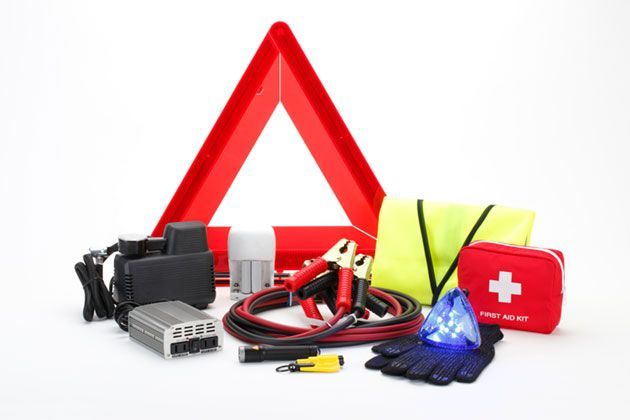
Imagine this: it’s 10 o’clock at night, you’ve run off the road in the middle of nowhere, and your phone is dead. Next time you’ll be sure to bring your charger. But for now, what do you do?
If you’re dealing with a flat tire, you’re probably set; most cars come equipped with a jack, a lug wrench, and instructions for changing a tire in the car’s manual. But if you’re experiencing another kind of incident, you may need extra help. Prepared drivers carry roadside assistance kits to help them through emergency situations until they can get to Chapel Hill Tire for repairs!
Pre-packaged kits from your dealership or a store are one option, but if you know what items to include, it’s easy to put together your own. Here are 10 essentials:
1. An emergency blanket.
If your incident has occurred in the winter, you may be in for a long, cold wait. In situations like these it’s important to have an emergency blanket: a low-weight, compact layer of very thin, heat-reflective plastic (also known as Mylar®). These blankets trap your body heat, reducing heat loss. They are the most efficient, effective way to stay warm in bad weather, and they’re so small you could tuck one into your glove box. Just remember to place them shiny-side out during use!
2. A first aid kit.
After an accident, you may be contending with some bumps and bangs — and not just to your car. Always be prepared to administer basic first aid to yourself or your passengers. Among other items, a good first aid kit will contain an elastic bandage, adhesive bandages, tape, scissors, gauze, a chemical cold pack, sterile gloves, and over-the-counter pain medication.
(Remember: even the best first aid kit can’t handle serious injuries. If someone is hurt badly, call emergency services as soon as possible.)
3. Warning triangles.
When your car breaks down on the side of the road, you need a way to stay safe from the traffic behind you. Warning triangles — bright orange, reflective triangles that prop up on the road — alert other drivers that they should slow down.
The AAA guidelines for warning triangles recommend that you set up three: one about 10 feet behind the left bumper of your car, one 100 feet behind the center of your car, and one 100 feet behind your right bumper (or 300 on a divided highway).
4. A flashlight.
No one wants to be stuck changing a tire or working on an engine in the dark. Always carry a flashlight in your car, and be sure that its batteries work. An handheld industrial flashlight will be effective; you could also choose a headlamp so that your hands remain free.
5. Gloves.
A good pair of work gloves comes in extremely handy when dealing with car repairs, whether you’re changing a tire or unscrewing a stuck oil cap. Gloves keep your hands warm and functional in the winter, and they’ll give you a better grip on your tools. Choose a heavy pair of gloves with non-slip grip on the fingers and palms.
6. Duct tape.
There is no end to the utility of a good roll of duct tape. Maybe your bumper is hanging on by a thread, maybe you’ve got hole in a coolant hose, maybe you need to secure something over a shattered window — whatever the sticky situation, duct tape will help you out.
7. A tool kit.
Most cars come equipped with a lug wrench to help you change a tire, but what about a standard wrench? If the oil cap we talked about is well and truly stuck, you may need some mechanical assistance. Keep a basic tool kit in your car, including a wrench, screwdriver, and a knife (for cutting all that duct tape, among other things.)
8. A portable air compressor and a tire pressure gauge.
Okay, so this one’s really two, but they need to work together. A portable air compressor with a tire inflation attachment is all you need to reinvigorate a floppy tire. You’ll know how much air to put in by checking your levels as you go with — you guessed it — your tire pressure gauge. (Did you know that a tire’s ideal air pressure is usually printed on its side? Look and see!)
9. Jumper cables.
Dead batteries are one of the most common car problems, and they can happen to anyone — who hasn’t accidentally left their lights on and drained all their battery’s juice? Carry jumper cables to ensure that if a good Samaritan happens to come by, you’ll be able start your engine easily. Check out 8 steps to jumping your car here.
10. A tow strap.
Say that same good Samaritan does come around, but your battery’s not the problem: your car is working perfectly, except for the fact that it’s stuck in a ditch! Having tow straps on hand may help you out. If you can’t call or wait for a tow company, but you do have some help from some other very kind motorist (particularly one with a truck), the other vehicle can pull you to safety.
Good tow straps will be able to withstand 10,000 or more pounds of pressure. Be sure your straps aren’t frayed or damaged before using them, and never attach them to a bumper or to any other part of the car except a proper mounting point. (In most cars these are located just under the front and rear bumpers; check your manual to find yours. If you’re equipped with a trailer hitch, it will probably have a mounting point, as well.)
This procedure can be dangerous for both you and your car, so make sure you’ve got the correct straps and you know how to use them. Be sure to read up on towing guidelines before you attempt to tow your car.
Preventative Maintenance
No one wants to be caught in a situation where their car unexpectedly stops working. Make sure to find a reliable mechanic to ensure that your care is running to the best of its ability. A good mechanic will diagnose possible common car issues before they cause you problems, schedule an appointment with Chapel Hill Tire if you need auto service in Raleigh, Durham, Carrboro, or Chapel Hill!
Good preparation means more peace of mind. Expect the unexpected, and stock your car with these safety essentials!
About The Author
Marc Pons
Marc Pons has served as President of Chapel Hill Tire since 1997, leading its growth from a single Chapel Hill tire shop to twelve locations across the Triangle offering comprehensive car care services. Under his leadership, Chapel Hill Tire has become a nationally recognized leader in the auto repair and tire industry, known for its values-based approach. Founded in 1953, the company has earned numerous accolades, including multiple "Best Places to Work" awards, including recognition from Tire Business Magazine and the Triangle Business Journal. Other awards include "Top Shop in North America" by Tire Review Magazine, and recognition for their commitment to sustainability. Chapel Hill Tire has also consistently earned "Best of" awards from both Durham Magazine and Chapel Hill Magazine. Marc, a UNC Chapel Hill alumnus, is proud to lead this respected local business.
We’ve got all your automotive repair needs covered.


